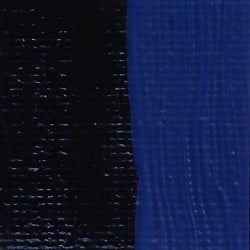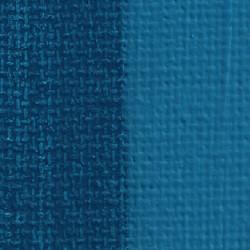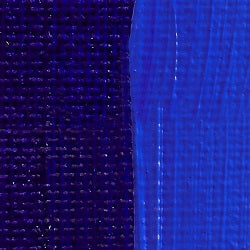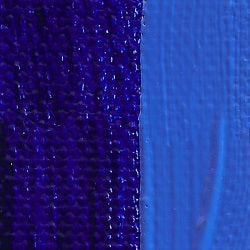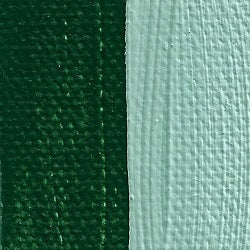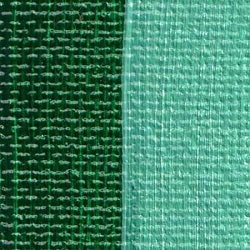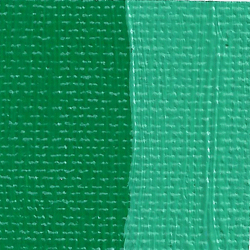Naples yellow dark, a tremendous colour, although I am partial to yellows.
In masstone it is an ocherous, mustardy, yellow. It paints long in delicious, rich, brushstrokes. It is a reasonably strong tinter and the range of tints is pretty wide, the tints are pale, yellow/biege hues you would associate with raw sienna but they have more depth and richness.
In reality the paint is slightly higher chroma and more yellow and less pink than the swatch opposite, the tube photo is more accurate.
Rublev;
"This is the historical pigment (not a mixture of pigments to make Naples yellow hue) ground in linseed oil without any additives (e.g. stearates, waxes, etc.) or fillers typical of modern colors. It is ground on stone mills repeatedly to a smooth paste.
Hold the tube of paint in your hands and you will feel the difference from convenience hue paints made by other manufacturers—the genuine colour is so much heavier.
Load your brush with it and see the difference. Lead antimonate yellow has been made in various periods as early as the sixteenth to fourteenth century B.C.E. at Thebes. Lead antimonate yellow reached its highest popularity in European art between about 1750 and 1850 after which it was gradually replaced by chrome yellow (lead chromate) and later cadmium yellow (cadmium sulfide). "
Technical Overview
Pigment - PY41
Binder - Linseed Oil
Opacity - Semi-Opaque
Drying Rate - Medium
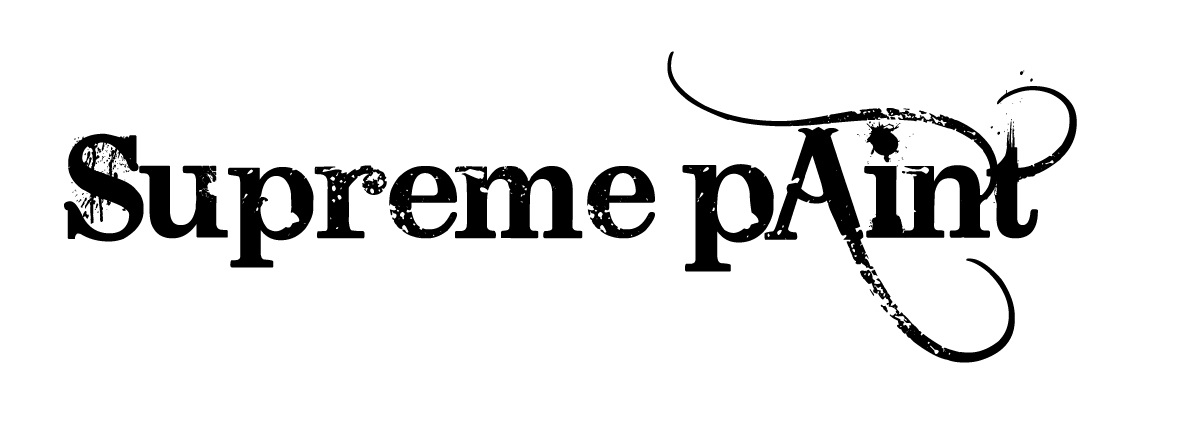
![[Best Oil Paints For Artists Online] - The Supreme Paint Company](http://www.supremepaint.co.uk/cdn/shop/products/nyd_1024x1024.jpg?v=1555666041)
![[Best Oil Paints For Artists Online] - The Supreme Paint Company](http://www.supremepaint.co.uk/cdn/shop/products/nyd_small.jpg?v=1555666041)

